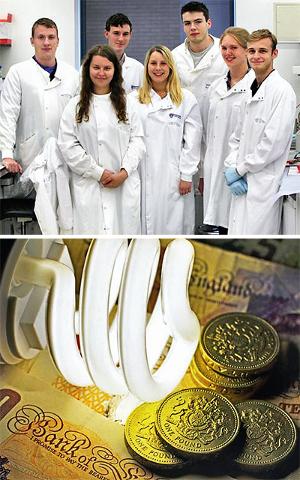Alterar a natureza da natureza.
Inovadores estão trabalhando em direção a um mundo no qual a matéria viva é totalmente programável por meio da biologia sintética onde as pessoas já não são apenas consumidores de tecnologia, mas os cidadãos de um mundo tecnológico.
Isto é o que eu explorei no episódio 3 das explorações, como a biologia sintética está mudando a natureza da Natureza.
Você é a biologia, eu sou a biologia, a Terra é a biologia — e tudo isso é cada vez mais programável. Com o poder de projetar e crescer o nosso futuro, que tipo de mundo que você vai ajudar a construir?
#TheWorldWeBuild
Por Bryan Johnson.









